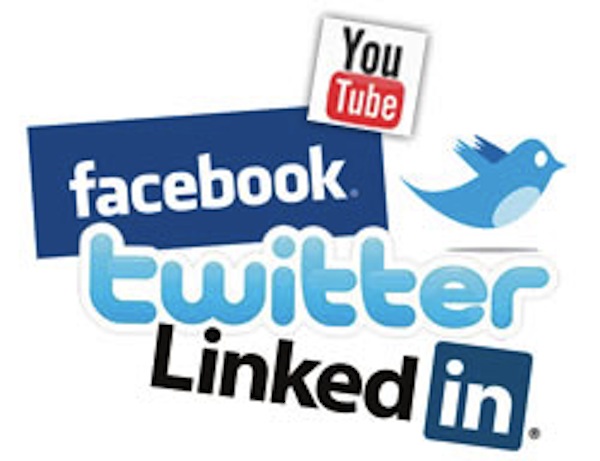Insights from CTV leaders at Dentsu, Horizon Media and more

![]() Social media is changing not only how brands and publishers market to consumers, but it is also changing the way that they operate altogether. This is the first article of an eight-part series dubbed “The Social Operating System,” which explores how advertisers, agencies and publishers are leveraging social media to build audience and engagement. The series is made possible through the sponsorship of Vitrue, a provider of social media management services.
Social media is changing not only how brands and publishers market to consumers, but it is also changing the way that they operate altogether. This is the first article of an eight-part series dubbed “The Social Operating System,” which explores how advertisers, agencies and publishers are leveraging social media to build audience and engagement. The series is made possible through the sponsorship of Vitrue, a provider of social media management services.
To kick off this series, Digiday reached out to members of the digital community to get their take on what social media means for a brand’s overall operations. How is it changing the game? Here’s how they responded.
Shiv Singh, global head of digital for PepsiCo Beverages
Social media is playing an extremely important role in our marketing and broader business efforts because we get insights on consumers, allowing us to reach them more effectively, in real time, in social media through engaging programs. And then on the back end of social media, we are able to measure the success and also the loyalty and advocacy levels of consumers. Social media plays an extremely important role for the Pepsi brand, as it is at at the heart of and central to our marketing.
Adam Kmiec, director of global digital marketing and social media at Campbell Soup
To keep pace with today’s connected consumer companies, you must look at how to expand their digital footprints beyond just websites. It’s not about choosing one social network over the other; it’s about linking them all together. Today’s digital ecosystem consists of interconnected pins, likes, check-ins, visits and circles. It’s organized chaos. This landscape changes quickly, and companies are trying to manage those shifts at an increasingly fast tempo. At Campbell, we’re committed to being one of the most digitally fit organizations in the world. The key is to not simply match the tempo of the changes but to anticipate what’s next and, where it makes sense, to set the pace.
Aseem Chandra, vice president of product marketing, Adobe
Social media provides an invaluable gift to digital marketers: rich data. Social data can and should be used to inform all parts of the business, including product development, customer service, public relations and, of course, digital marketing. Social data [can be used] to optimize landing pages and email campaigns or even to identify new keywords for search marketing, for example. [Some brands] have found that consumers who engage with them on social media sites spend more money than consumers who don’t. The most successful social companies will ensure that social data does not reside in a silo but that it flows through the organization and into the hands of key decision makers.
Jason Falls, CEO, Social Media Explorer
Social media is becoming one of, if not the primary, way people communicate, particularly when they’re considering buying a product or service. The third-party recommendation and social proof that can be had from asking your network or even reading ratings and review sites is infinitely more powerful to today’s connected customer. Brands that are avoiding the social Web and not incorporating at least some cursory monitoring of what is being said there may as well tie blindfolds on and hope they don’t bump into things in marketing their brands. In today’s social-first consumer world, they’re running blind.
Matt Wurst, director of digital communities at 360i
With virtually everyone on the Web, brands have quickly felt the need to ramp up their online presence with digital and social platforms such as Facebook pages, Twitter feeds and YouTube channels. To cut through the clutter and connect on a deeper level with a brand’s targeted audience, marketers must be smart in the way they integrate their content strategy with their media strategy. The best way to do so is by understanding that earned efforts can inform paid strategies and vice versa. This starts with community insights collected from social platforms. On the flip side, customer service hasn’t really changed from a strategic perspective. It’s the consumers who take it upon themselves to reach out to customer service; nevertheless, it’s the brand’s job to make it easy for anyone to ask questions and provide feedback — which could range from an online form to a corporate Twitter feed.
More in Marketing

Retail media’s mid-2025 reality: Why advertisers are going all in on full-funnel
Retail media’s meteoric rise may finally be leveling off — and that’s forcing advertisers to take a harder look at what they’re getting for their money.

TikTok might be working on a standalone U.S. app, but marketers aren’t sold on the idea – yet
TikTok is developing a lifeboat for its American business, but media buyers are wary of advertising implications.

Bold Calls for the back half of 2025
Now’s a good moment as any to take stock —and make a few bold calls about what’s coming next.





